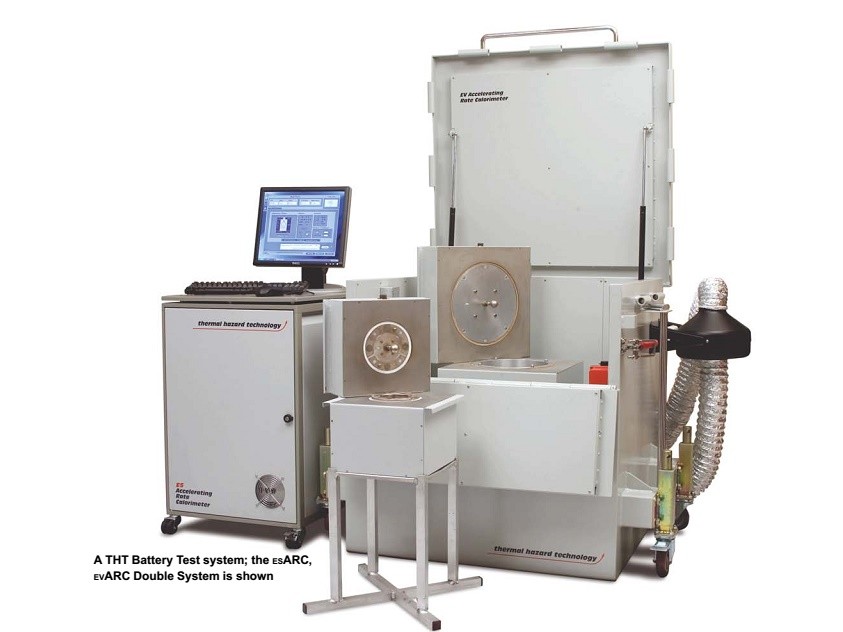How A Calorimeter Improves The Safety of Secondary Lithium Cells?
Secondary batteries are those ones which can be recharged and reused. In recent years, portable 3C products, such as mobile phones, wireless phones, laptops, electric vehicles, electric motorcycles, electric bicycles. As these transportation tools and energy storage devices becomes popular, the rechargeable batteries have become an indispensable parts to store energy. The modern secondary batteries, according to its technical basis, can be categorizeed in four types:
Ni-Cd batteries, Ni-MH batteries, Li-ion batteries and Li-polymer batteries. Among these batteries, lithium battery is the most popular secondary battery, because of its high energy density, long life, light weight, etc..
The innovation of lithium batteries improves rapidly day by day. Safety, the most important criteria in the research & design process in the secondary battery industry. The manufacturers of large batteries, battery modules spend most effort in improving the safty. Summarize the major focusing of the battery technology innovation:
- Lower Cost
- Increase speed & volume of manufacturing
- Increase cycle life and thermal life
- Greater energy density
- Faster charging and discharging rate
- Smaller heat release during operation
- Thermal runaway prevention
- Reducing energy releasing during thermal runaway
- Improve resistance to temperature / physical / electrical abuse
- Reduce hazards from gas venting in the cell
In addition to those conditions related to production processes, one can use a calorimeter to perspect all the detailed characteristics during battery charge & discharge rather than simply from the voltage and current conditions. Voltage and current is not able to show those chemical reactions in the battery. Calorimeters brought to you the advantages of thermodynamic adiabatic processes, isothermal processes, destructive testing of battery limits, and potential risks. In a non-destructive way, a calorimeter shows you the condition of "heat", much more than those ones with the conventional electrical and electronic analysis. Calorimeters give you a comprehensive understanding of the actual energy input and output under various conditions.
However, in a typical calorimeter, is usually limited to its small sample volume (at most, twenty milliliters only). It is hard to observe a complete battery and and realize how much energy goes in and out of the battery, during charging and discharging process. Over the past 25 years, Thermal Hazard Technology (THT) developed a series of advanced instruments, which are specially designed for measuring the thermal characteristics of batteries. Inheriting tens of years of the technologies from Dow Chemical Company. THT enables the researchers to use destructive or non-destructive way to measure a complete cell or battery module into a larger sample cell, and verify the limits and the thermal efficiency of the battery cell, while simulating the actual operation of the cell. Among these high performance battery thermal analyzing instruments, THT is not only focusing on the measurement performance, but also designed a higher degree of explosion-proof, to protect the researchers from the potential dengars during the test process.
For more information about THT's Accelerating Rate Calorimeter, please visit our Product Page.
Or Contact ACTTR for more information!

ARC EV Battery Accelerating Rate Calorimeter


